
The country’s presidential and legislative elections will be held on February 6. The Voice of Guanacaste analyzed the proposals for Guanacaste in the government plans of the eight leading candidates in the latest voter poll done by the Center for Research and Political Studies of the University of Costa Rica (CIEP-UCR for the Spanish acronym):
- Jose Maria Figueres (National Liberation Party – PLN)
- Lineth Saborio (Christian Social Unity – PUSC)
- Fabricio Alvarado (New Republic – NR)
- Jose Maria Villalta (Broad Front – FA)
- Rodrigo Chaves (Social Democratic Progress – PSD)
- Eliecer Feinzaig (Liberal Progressive – LP)
- Rolando Araya (A Just Costa Rica – CRJ)
- Welmer Ramos (Citizen Action – PAC)
Each document outlines the path down which the parties and candidates intend to lead the country, according to the Economic Commission for Latin America and the Caribbean (ECLAC). For each of them, we explored the proposals around seven of the topics that The Voice of Guanacaste covered the most in the last four years, which directly affect the province: employment, environment and water, gender, education, infrastructure, tourism and internet connectivity.
The eight government plans are characterized by the presence of little or no concrete proposals for the province. None of the parties has a section that specifically talks about Guanacaste, the Chorotega Region or the North Pacific. For this analysis, we also considered promises for rural, coastal and border communities.
New Jobs
The Chorotega Region is the one with the highest unemployment rate in the country, at 16.7%, according to the Continuous Employment Survey for the third quarter of 2021 from the National Institute of Statistics and Censuses (INEC for the Spanish acronym).
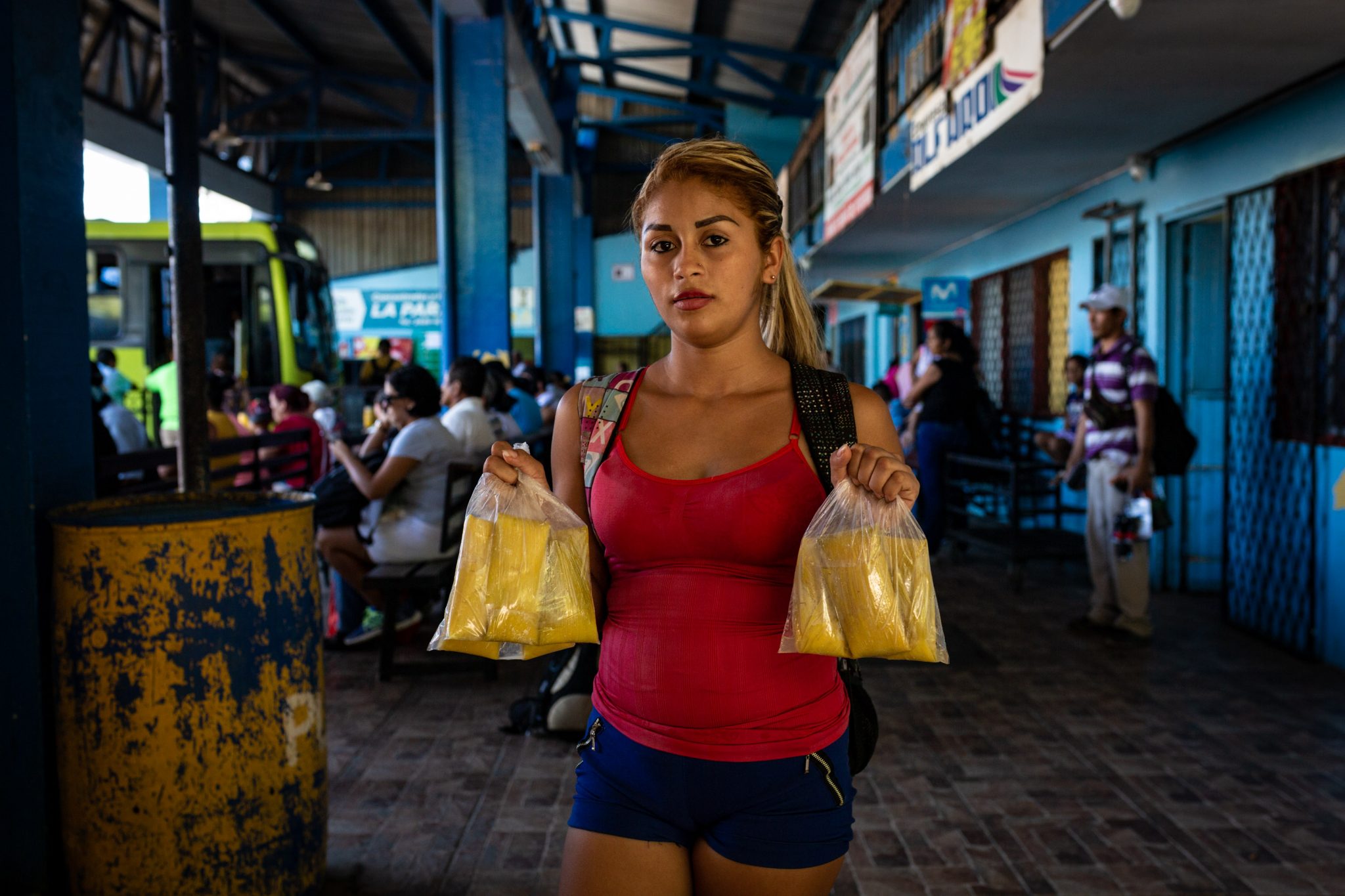
Yerlin Rodríguez is a 23-year-old single mom and hasn’t found work since completing her associate’s degree. According to Costa Rica Current Employment Trends report, 44% of young people are working in the informal economy.
So what do the candidates propose to combat unemployment in the province?
PAC promises to strengthen programs that support women that generate labor inclusion in rural, coastal and border areas.
Likewise, FA is betting on creating a rural development policy to financially support the strengthening of local businesses in the territories “that are the most behind economically” outside the Greater Metropolitan Area (GMA). The party also proposes that for 36 months, banks give loans to small companies in the tourism industry outside the GMA without analysis of repayment capacity.
For its part, CFJ plans to promote a law to strengthen territorial competitiveness that promotes investment in areas outside the GMA.
Three parties [PLP, NR and PUSC] propose attracting free zones to the province, despite the fact that this model has not generated the expected impacts in the province.
PLP proposes expanding the benefits of the Free Trade Zone system to more regions of the country. New Republic does too and also proposes identifying possibilities for innovation in the cantons of rural areas to attract companies.
PUSC proposes attracting more multinational companies to create free zones and industrial parks in regions outside the GMA. However, in the plan, the party doesn’t explain how to implement that proposal.
PLN is also betting on attracting foreign investment to the country. In this way, they would execute a plan of “international and local repositioning” to attract international companies to areas outside the GMA. With this plan, they also propose more professional technical colleges and intensive English and computer training for inhabitants of these areas.
Guanacaste Connected
Regular internet access in Guanacaste homes is at 16.32%, slightly below the national average (16.88%), according to 2019 data from the Ministry of Science, Innovation, Technology and Telecommunications (MICITT). How do the parties plan to improve this? Several are betting on existing funds from the National Telecommunications Fund (FONATEL).
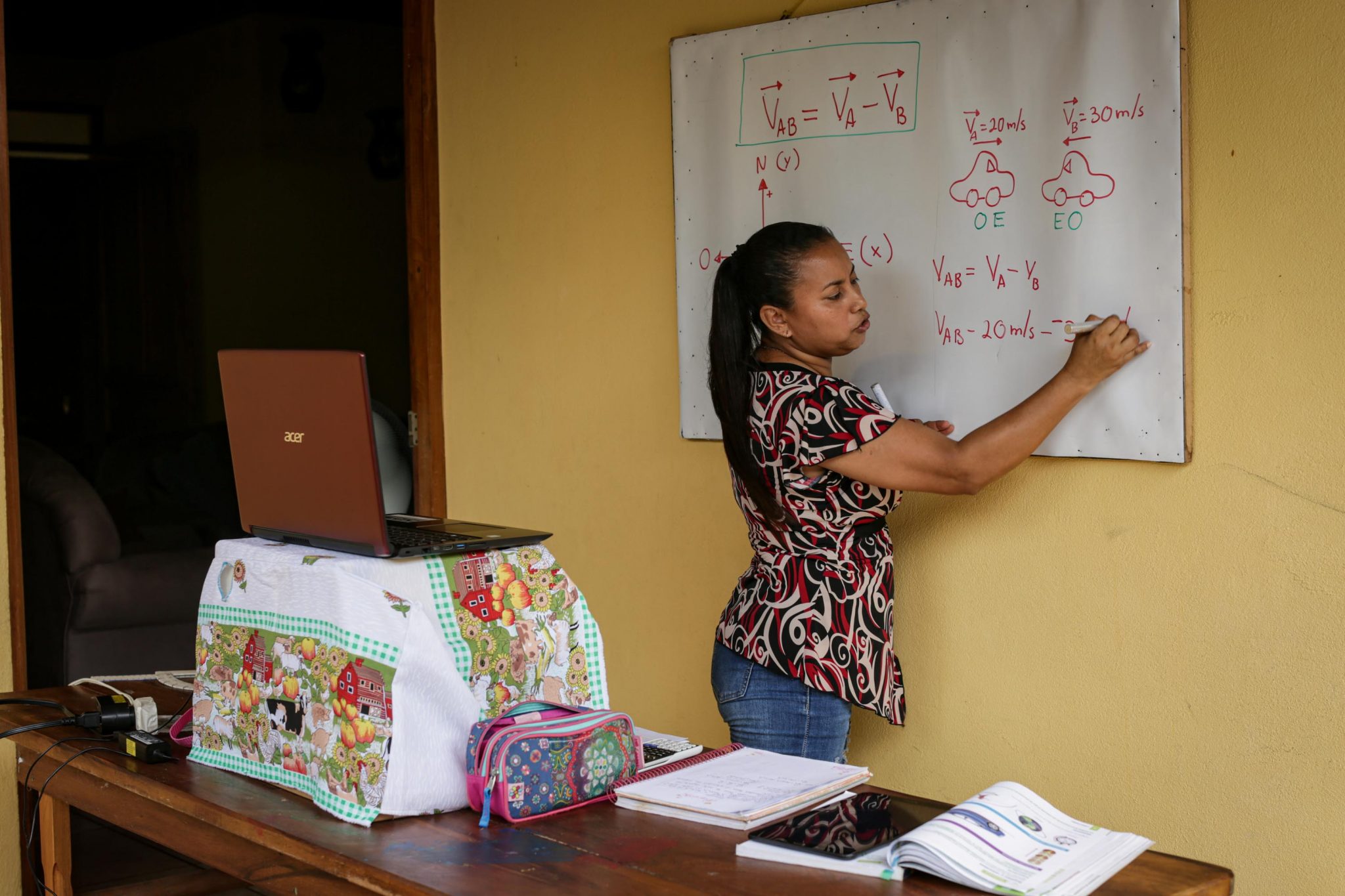
Norma Villegas has been a teacher for more than 25 years. She has worked at the San Ambrosio private school in Nicoya for 10 years. She turned the backside of her house and her garage into makeshift classrooms to give virtual lessons in physics, biology and chemistry to her students.Photo: César Arroyo
PLN has a whole section on internet connectivity for border and coastal areas. This party’s plan is to invest $600 million from FONATEL in equipment and machinery to bring broadband internet to “all homes, businesses and organizations in the country.”
For its part, FA intends to use the funds to make connections available to rural schools through the “Hogares Conectados” (Connected Homes) program that is already functioning. In this way, they promise to go from providing broadband to the 170,000 families who are currently in the program to 500,000.
Without explaining a lot about the details of how to achieve this, several political parties, including PAC, propose closing the connectivity gaps in coastal, rural and border areas.
Environment and Water
In this area, PAC proposes to continue promoting the Comprehensive Water Program for Guanacaste (PIAG for the Spanish acronym), including the Water Supply Program for the Middle Tempisque River Basin (PAACUME for the Spanish acronym).
PLN and PUSC would also continue with the project.
Lineth Saborio, PUSC’s candidate, confirmed this during her visit to Guanacaste in December of last year.
[The project] would be important due to its impact on the province’s economic reactivation. It’s important to know the status in the respective instances,” she said.
PAACUME will guarantee water for different uses for 50 years for Carrillo, Santa Cruz and Nicoya. The project received SETENA’s environmental viability approval last year in August, after delays due to a lawsuit of unconstitutional actions filed against the Water for Guanacaste Law, which was rejected by the Constitutional Chamber.
The CRJ party proposes sowing 500,000 hectares (1,236,000 acres) of plants for producing biodiesel and biokerosene, such as coyole. “It would not only give employment; it would enrich Guanacaste,” stated candidate Rolando Araya in an interview with the program Interferencia on Radios UCR.
FA presents several proposals focused on the country’s marine areas, including the creation of regional culture centers and marine aquariums in Santa Cruz. The party also promotes the creation of “green bonds” to finance activities, works and projects to combat climate change.
NR proposes a wastewater improvement plan to review the impact and treatment of water in coastal areas, and supervision of agricultural activities such as planting melon and rice.
For Women’s Votes
In Guanacaste, 34 women were violently murdered between 2014 and 2021, according to data from the Judiciary’s Gender Observatory.
In addition, since 2016, it is the province where the second highest number of women reported being victims of a kind of crime taken into account in the Law on Criminalization of Violence against Women (LPVcM for the Spanish abbreviation).
Even so, the candidates either did not address gender violence in the province or other peripheral areas of the country, or they did so very little. Only FA promotes policies to prevent violence against women in areas outside the GMA.
The same party proposes supporting projects that help women in at-risk situations to join the workforce through their own business ventures. The initiative will try to cover indigenous women, migrants, women of African descent, women with disabilities, farmers and inhabitants of rural territories.
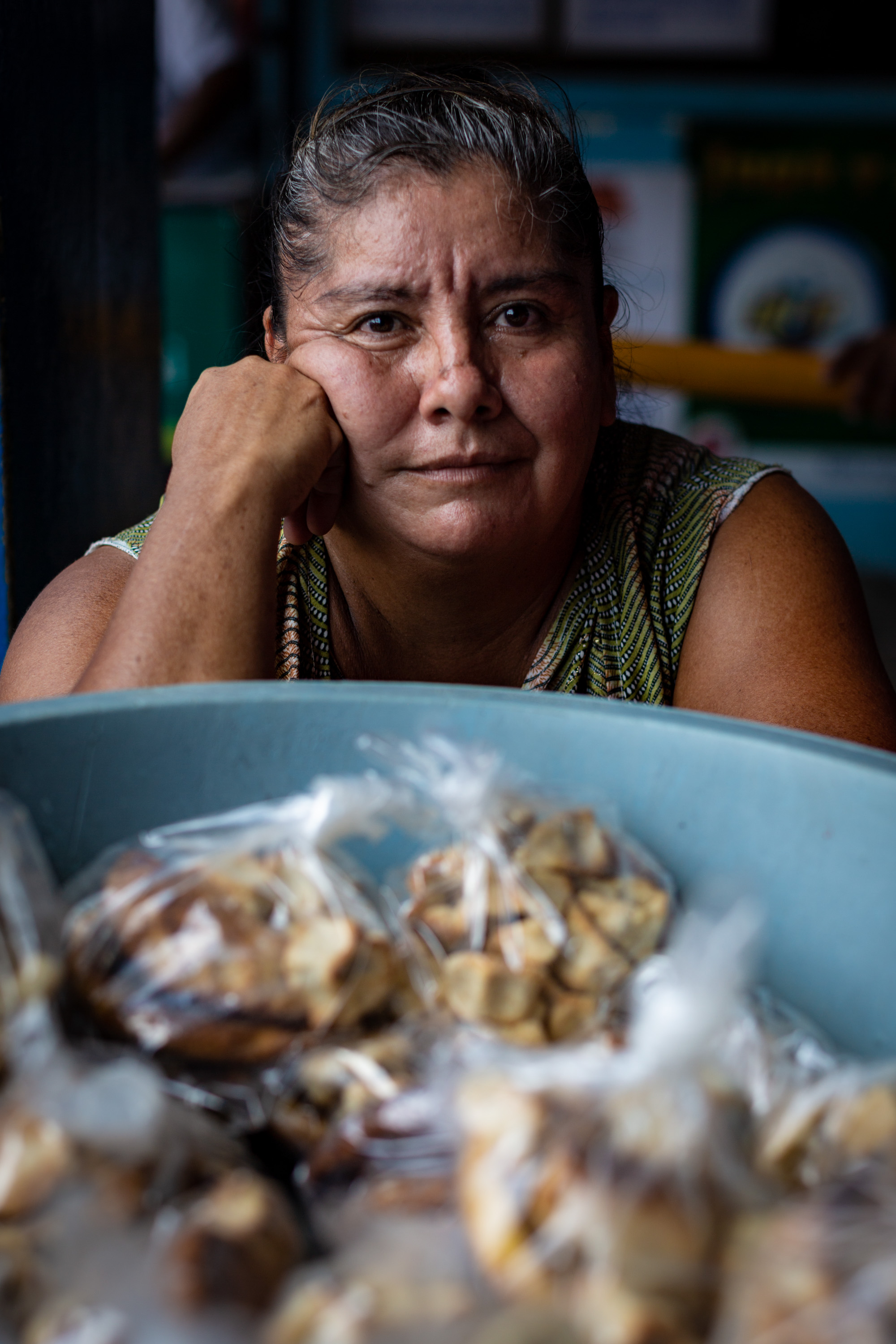
Milady Sanchez, 46, sells rolls at the Nicoya bus terminal. Like her, almost half of those working in the informal economy are 45 years old or older, according to the Costa Rica Current Employment Trends report.Photo: César Arroyo
On the other hand, most parties do promote incorporating women into the labor market. PAC, for example, proposes designing a business training plan for women in extreme poverty and opening markets for their businesses.
PLP promises favorable tax treatment for companies that hire women in rural and coastal areas for non-traditional jobs such as auto mechanics, electronic engineering, transportation and security.
National Liberation doesn’t propose any new projects for women living in areas outside the GMA but says it will support the National Women’s Institute’s (INAMU) already existing project, which encourages women’s entrepreneurship in rural areas.
NR mentions that it will design a care program for women living in poverty with a rural focus.
To Boost Tourism
With the COVID-19 health crisis in 2020, tourism in Guanacaste suffered a very serious blow: the “zero season” (zero clients, zero income and zero profits). With this, some 13,000 people lost their jobs in Guanacaste’s tourism industry and more than 500 businesses closed their doors.
During 2021, the industry is trying to recover slowly, but what proposals do the candidates have to accelerate this?
PLN proposes promoting nautical tourism in the country’s coastal areas. According to the government plan, the government would attract cruise ships, yachts and other naval tourism services, would found the World Nautical Tourism Organization and would eliminate legal obstacles to carry out such activities, although it doesn’t specify which ones.
PAC plans to strengthen the position of the tourism industry, mainly community tourism. According to the party, this may reduce the number of people moving from rural to urban areas and foster a sense of identity between communities.
PUSC follows the same line, as they promise to promote sustainable rural tourism focused on supporting small and medium-sized businesses.
PLP promises public-private partnerships with the hotel sector to build cable cars in mountainous and forested areas that are difficult to access. He also proposes using Tuk Tuks as low-cost alternative transportation in hard-to-access areas, which it claims “has been a success in Nosara.”
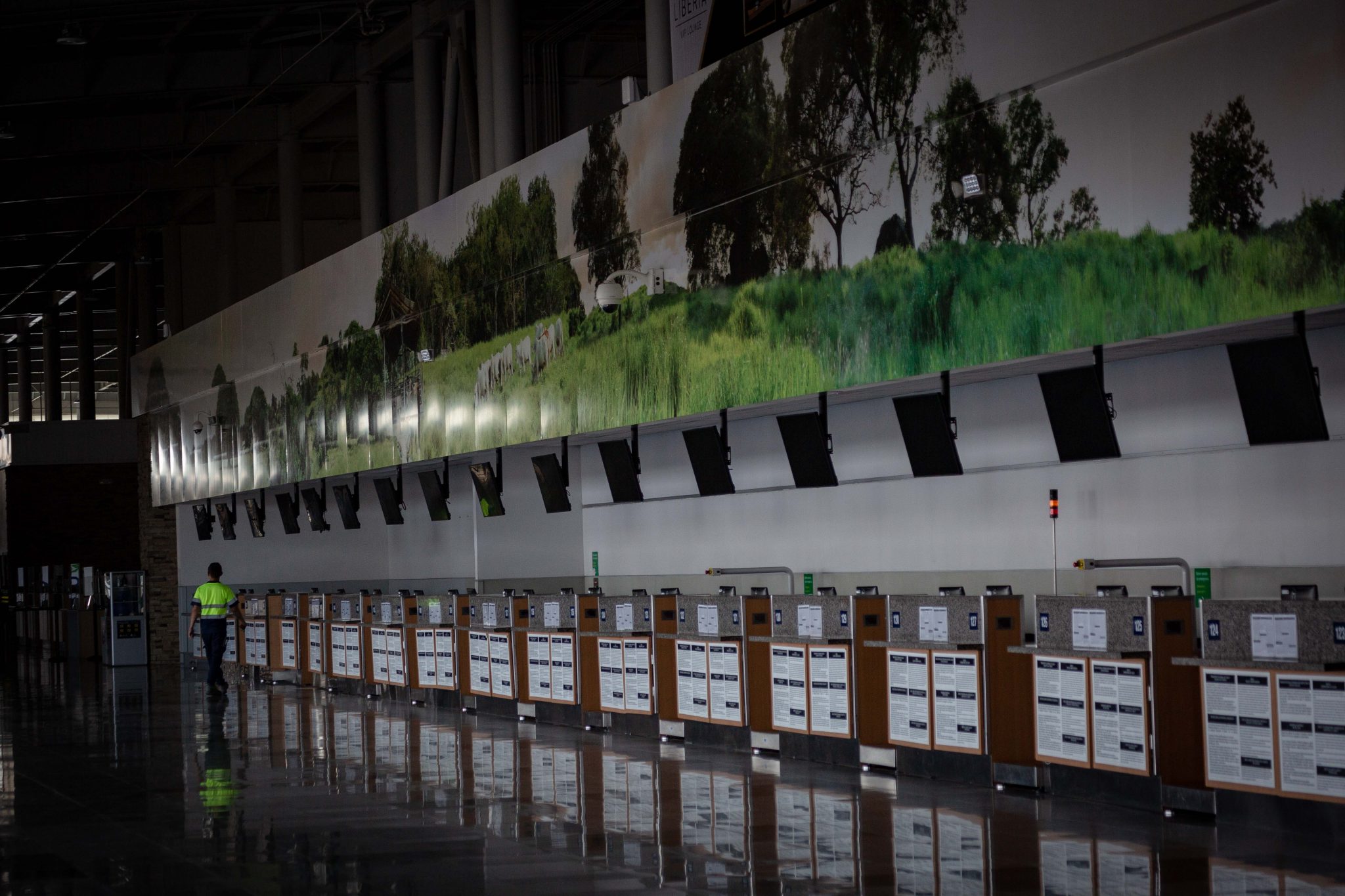
An employee at Daniel Oduber Airport in Liberia walks in front of empty counters. Photo: Maribel Arango
FA proposes reforming the Papagayo Tourist Pole Regulatory Law so that the Costa Rican Tourism Institute (ICT) stops administering the area and the municipalities of Liberia and Carrillo will be the ones to decide its future. In addition, they will require that Papagayo businesses pay the canon fee for using public property, according to the real value of the properties.
PSD proposes reducing legal insecurity in coastal areas, such as the islands of the Gulf of Nicoya and Río Nosara, which “don’t have certainty regarding the operation of certain tourist ventures.”
New Republic promises a rural tourism program to mitigate the effects of the pandemic.
Infrastructure for the Province
PLN and PUSC support financing infrastructure improvements at the Guanacaste Airport. NR proposes expanding the airstrip and waiting areas and improving immigration posts.
PAC proposes giving continuity to projects such as improving the Peñas Blancas-Upala section of National Route 4 and improving the border posts to speed up the transit of freight transportation through Peñas Blancas. In addition, they would give continuity to the interurban electric train in the Central Valley, but with ramifications in other areas such as Guanacaste.
PLP plans to move forward with the bidding processes for improving the Birmania-Santa Cecilia stretch and building and rehabilitating the bridges of La Cruz and Santa Cecilia. They also want to move forward with pre-investment for the Liberia-Peñas Blancas, Liberia-Playa Naranjo, Paquera-Sámara and Ostional-Santa Cruz projects. They also propose creating a portfolio of railroad expansion projects for express services and cargo transportation to connect Limón, Guanacaste and Puntarenas.
PSD plans to install scanners at ports to combat drug trafficking and smuggling at the southern and northern borders and at airports.
What about Education?
During 2020, only 13% of lessons took place in classrooms, which was the longest suspension of in-person classes in Costa Rica’s recent history, according to the latest State of Education Report.
The remaining 87% of lessons were developed remotely. According to the Ministry of Public Education (MEP), about 535,000 students didn’t have adequate conditions of internet connectivity and access to technological resources during the pandemic.
This reality provided evidence of the shortcomings of education in rural areas, especially scattered communities that experience an even deeper digital divide.
Even so, proposals in this area for Guanacaste and other rural areas in the country are not very specific.
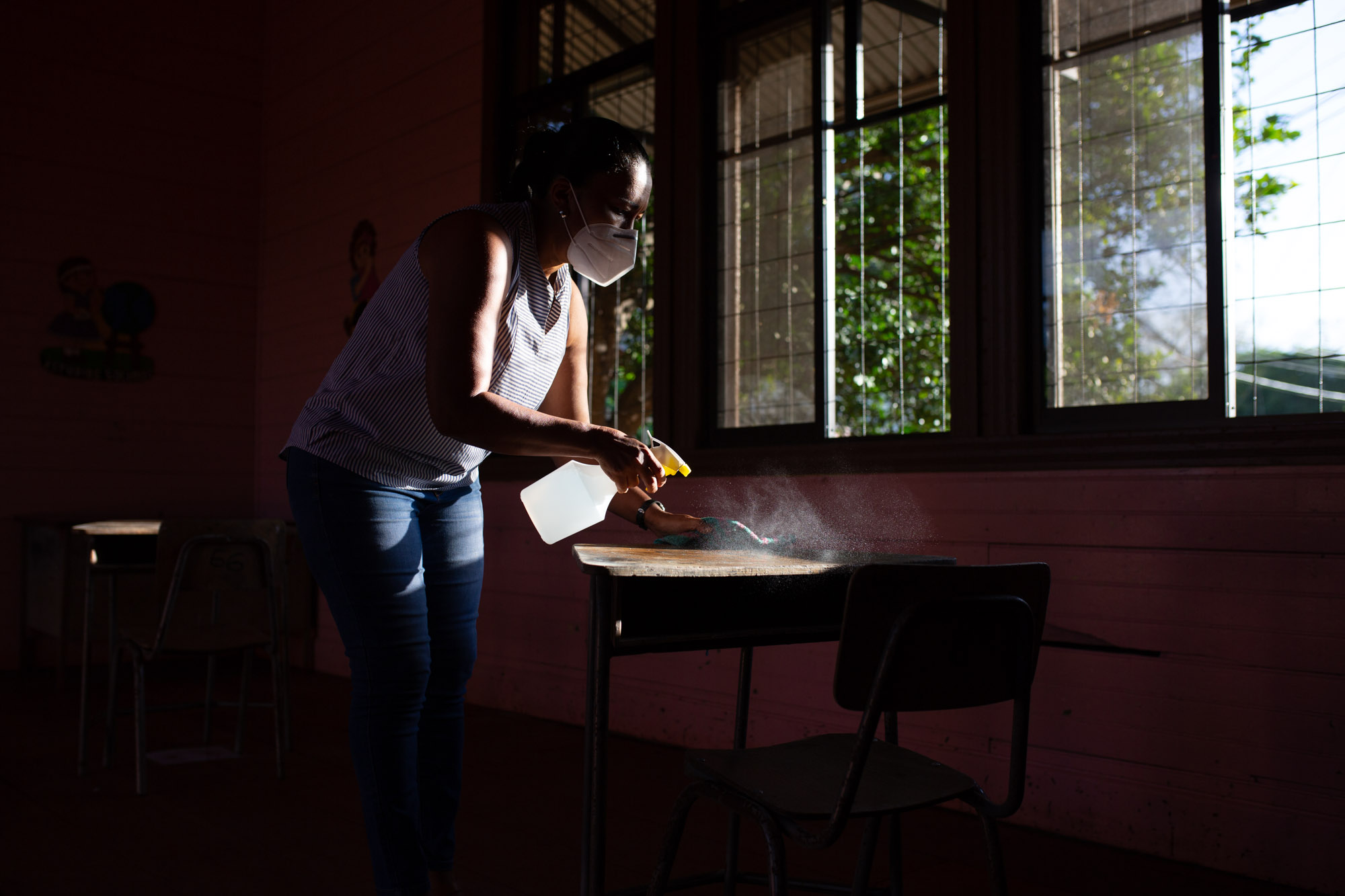
Primary school teacher Graciela Leal cleaned the desks of fifth grade students. Her first class of 2021 had just nine students. Photo: Cesar Arroyo CastroPhoto: César Arroyo
Among the proposals that we found, PLP proposes a pilot plan for “educational vouchers” that would be tested in a canton in the GMA and in a canton in a rural area. The idea is that students who attend public elementary and high schools can enroll in private educational centers.
Both National Liberation and the Broad Front affirm that education is in a “state of emergency.” Both parties propose investing in the infrastructures of public elementary and high schools outside the GMA, revising the current curriculum and needing to close the digital gap between students.
The New Republic party plans to promote an educational care program for rural and coastal areas.
PSD points to virtual education as a teaching tool for students in rural areas or who have few educational options due to accessibility.
At the following links, you can review the complete government plans:
PUSC-Christian Social Unity Party


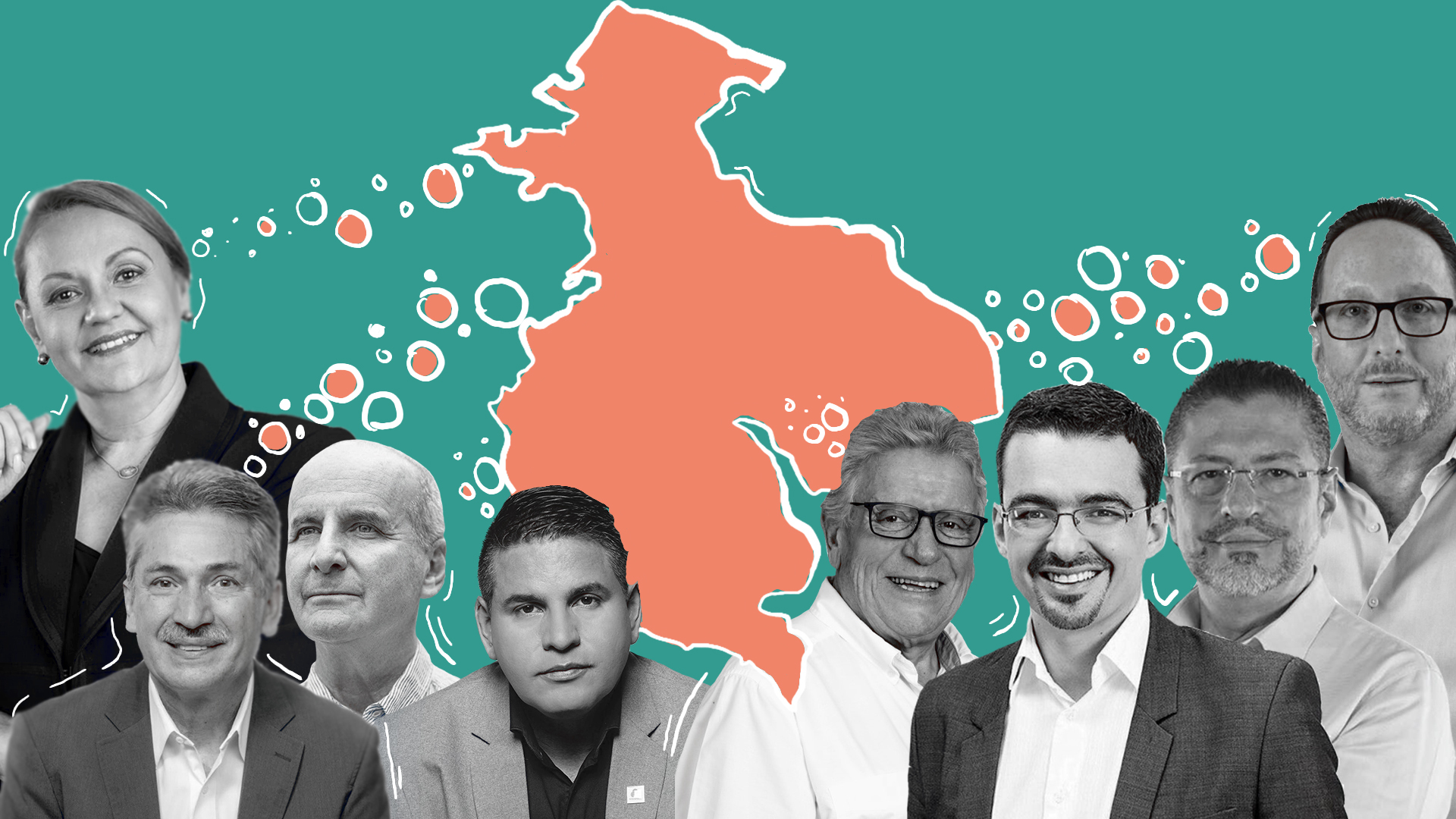
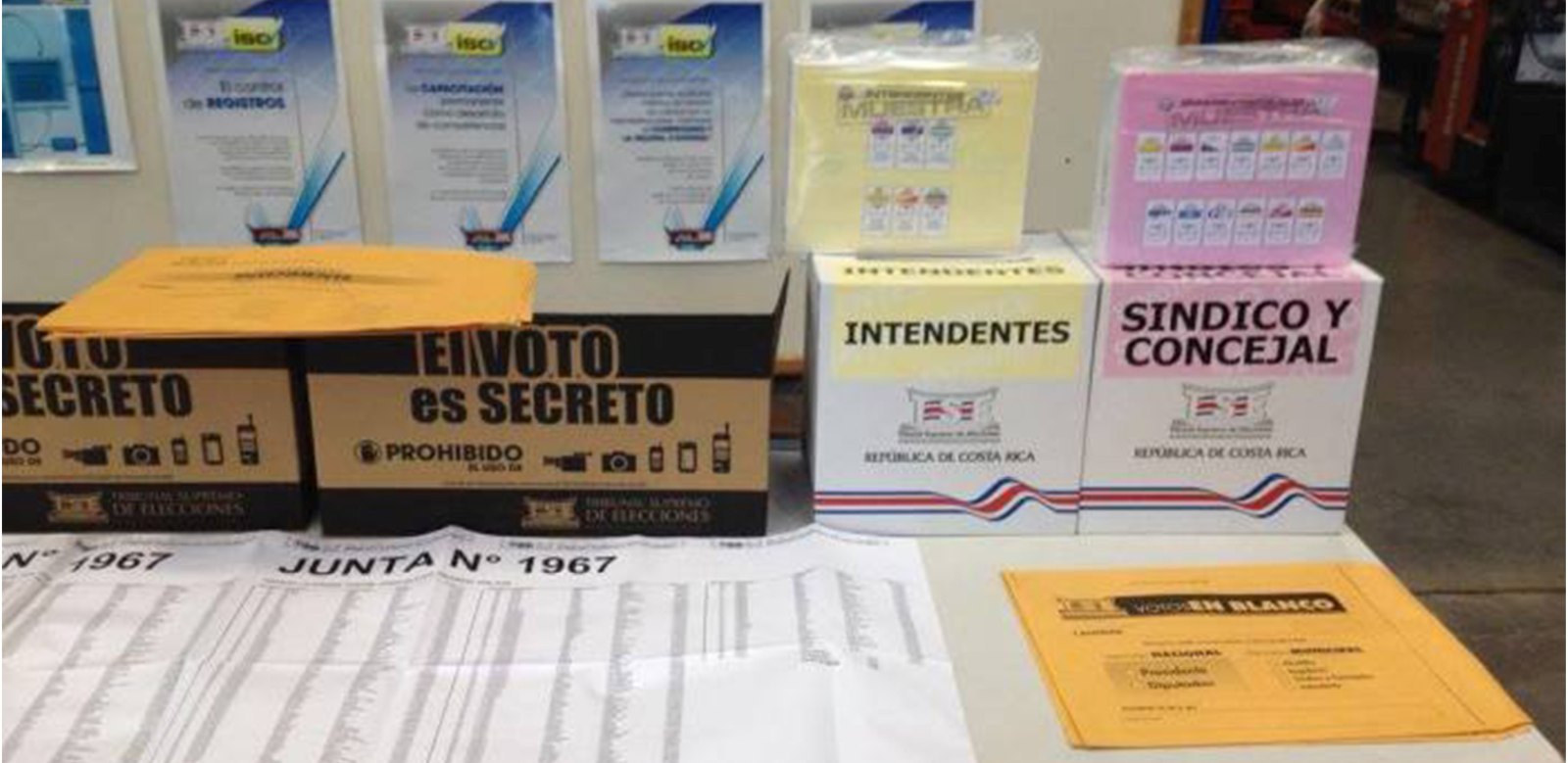
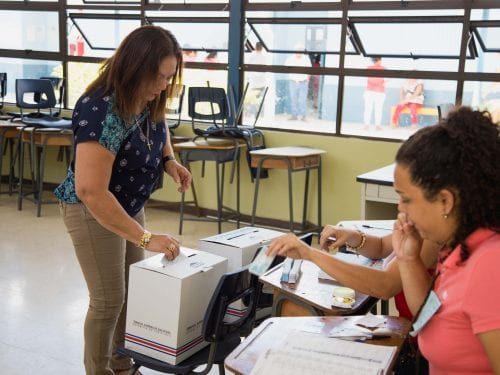
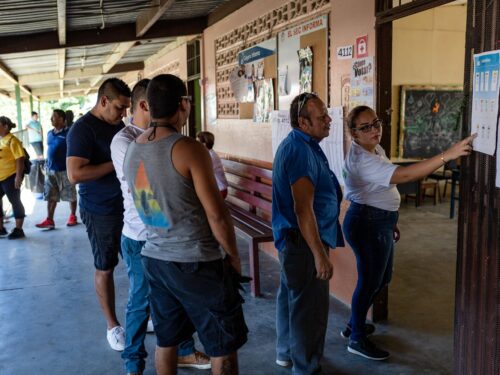

Comments